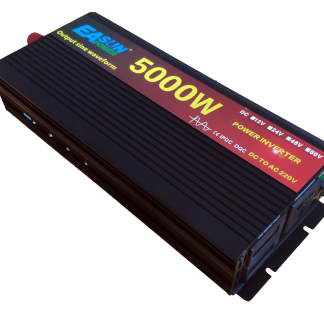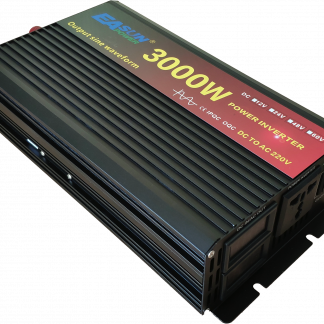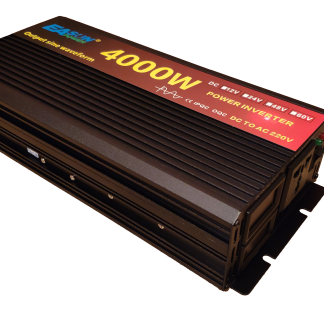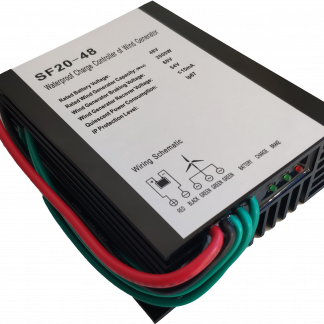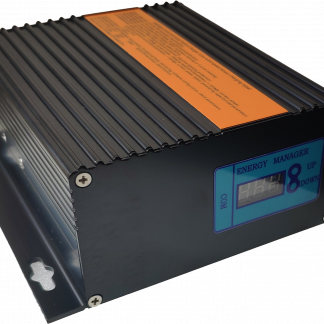
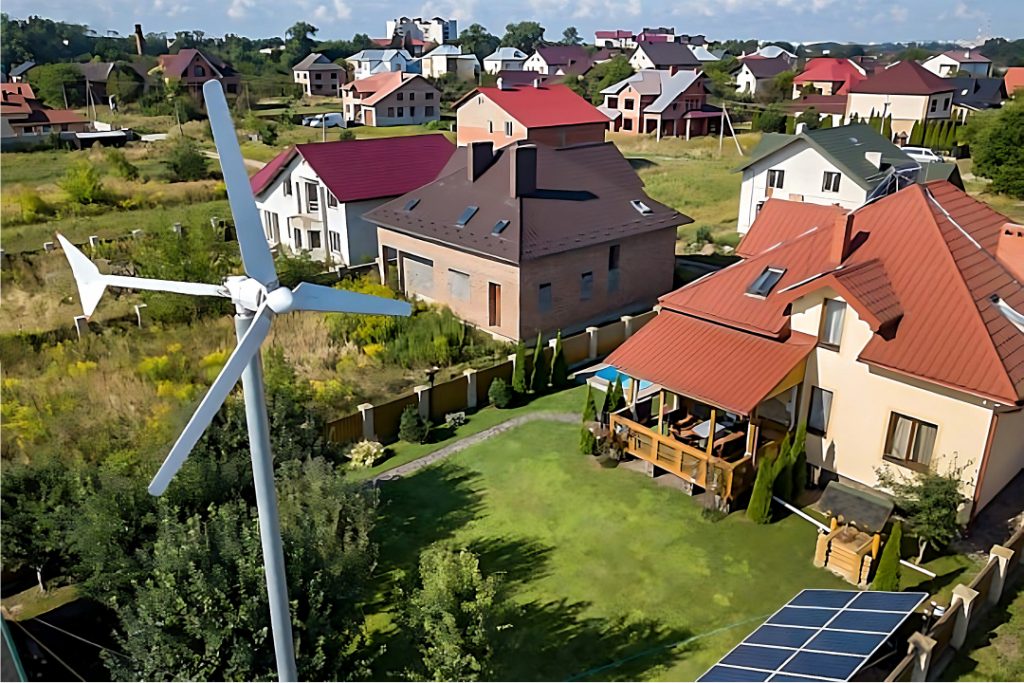 Small wind generators have become increasingly popular in recent years as homeowners look for alternative energy sources to power their homes. These wind generators can be a cost-effective way to generate electricity, especially for households in rural areas where wind speeds are higher and the cost of grid electricity is higher. In this article, we’ll discuss the basics of small wind generators for home use and what you need to know before purchasing one.
Small wind generators have become increasingly popular in recent years as homeowners look for alternative energy sources to power their homes. These wind generators can be a cost-effective way to generate electricity, especially for households in rural areas where wind speeds are higher and the cost of grid electricity is higher. In this article, we’ll discuss the basics of small wind generators for home use and what you need to know before purchasing one.
Types of Small Domestic Wind Turbines: There are two main types of small wind generators for home use: horizontal-axis wind turbines (HAWT) and vertical-axis wind turbines (VAWT). HAWTs are the most common type of small wind generator and are characterized by their three blades that rotate around a horizontal axis. VAWTs, on the other hand, have blades that rotate around a vertical axis. VAWTs are less common and typically have a lower output, but they are often more compact and easier to install.
Wind Speed Requirements: Small wind generators are most efficient when they are exposed to steady wind speeds of at least 5-7m/s. It’s a good idea to measure average wind speeds in your area or you can also check the average wind speeds by visiting the National Renewable Energy Laboratory’s website or contacting your local weather service.
Installing a Small Wind Generator: Installing a small wind generator can be a complex process, so it’s important to do your research before making a purchase. You’ll need to consider factors such as the height of your tower, the type of wind generator you want to install, and the regulations in your area. Some states and localities have specific regulations for wind generators, so it’s important to check with your local authorities before installing one.
Cost of Small Wind Generators: The cost of small wind generators can vary widely, but they typically range from €500 to €10,000. The cost of installation can also vary depending on the complexity of the setup and the height of the tower. It’s important to consider the total cost of ownership when making a decision, including the cost of installation, maintenance, and any necessary repairs.
Maintenance of Small Wind Generators: Small wind generators require regular maintenance to ensure that they are functioning properly. This can include cleaning the blades, checking the battery system, and inspecting the tower. It’s important to follow the manufacturer’s recommended maintenance schedule to ensure the long-term performance of your wind generator.
In conclusion, small wind generators can be a cost-effective way to generate electricity for your home. Before purchasing a small wind generator, consider factors such as the average wind speeds in your area, the cost of installation, and the maintenance requirements. By doing your research and making an informed decision, you can ensure that you make the most of your investment in alternative energy.

